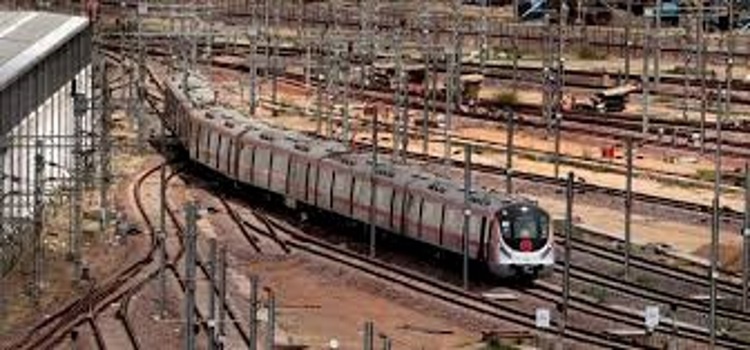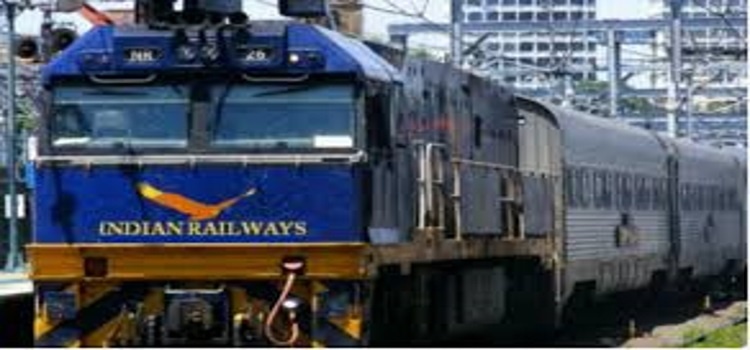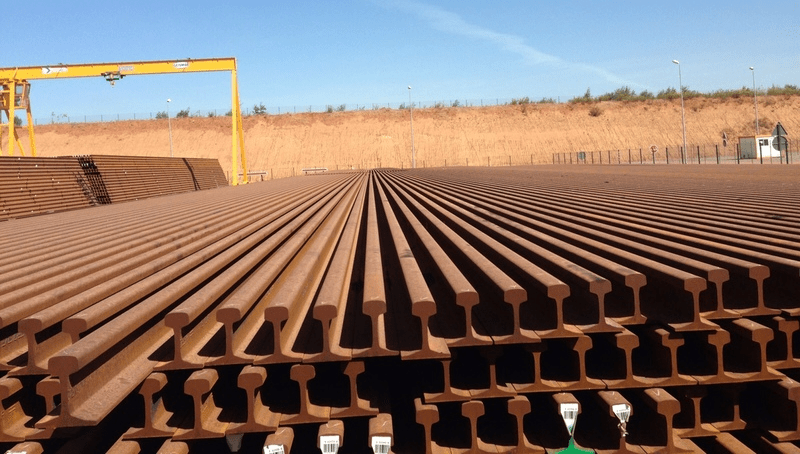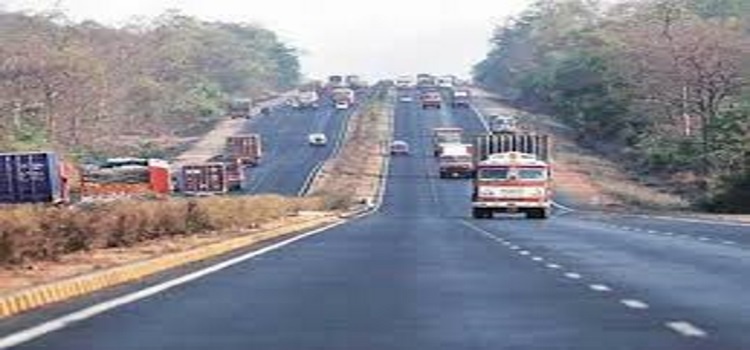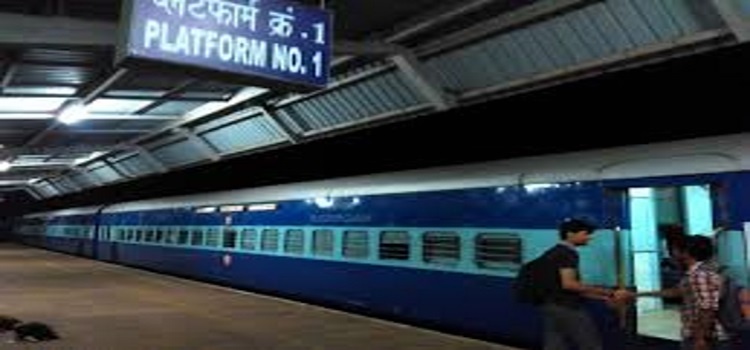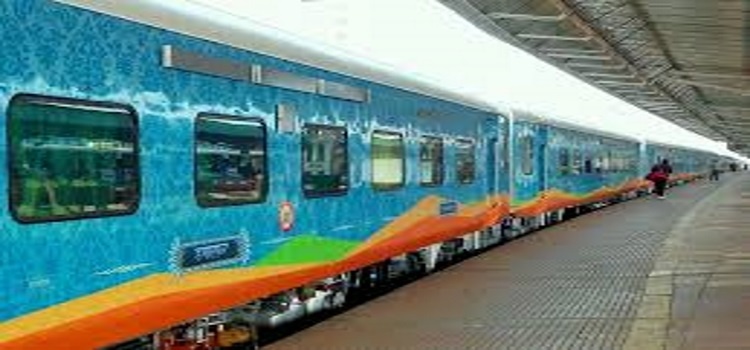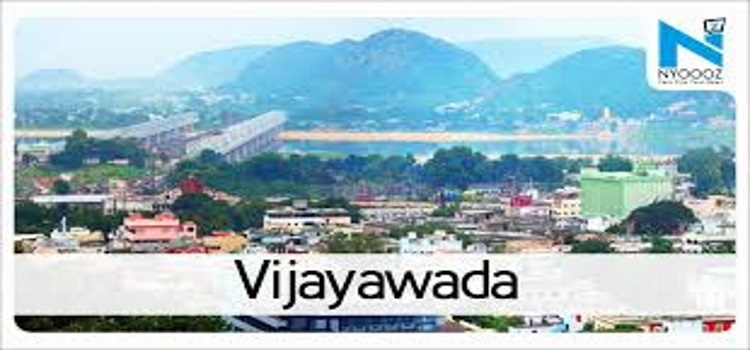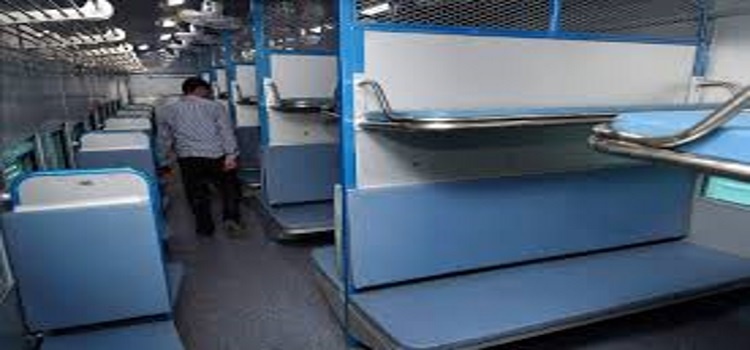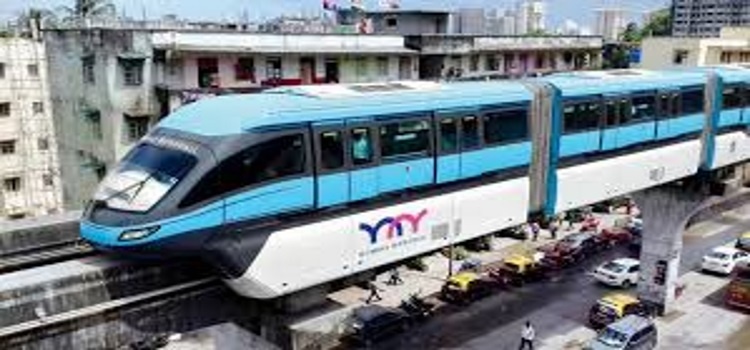
It seems that the Mumbai Metropolitan Region Development Authority (MMRDA) is determined to get the monorail up and running by this month-end. The commissioner of railway safety is scheduled to inspect the corridor next week and if all goes well, the MMRDA will throw open the entire corridor from Chembur to Jacob Circle within two days of getting an approval, said an official.
The project was taken up in two phases—Chembur to Wadala and Wadala to Jacob Circle. The 8.8km monorail stretch from Chembur to Wadala was completed in the first phase and opened in February 2014. But on November 9, 2017, services were suspended after two monorail coaches were gitted. Metropolitan commissioner UPS Madan said, “As far as we are concerned, everything is ready. We can start services on the entire corridor within two days of sanction from the safety commissioner.”
Refuting reports that monorail services may not resume as there is no operator, the MMRDA said that L&T-Scomi Engineering, which was appointed in 2014 for three years, will continue to operate till a replacement is found. MMRDA had invited bids to appoint a new firm but it did not get much response. On March 3, it has again invited bids for the same.
“The existing operator will continue to undertake maintenance till we do no get a new one. It is legally binding on them do this,” said Madan.
He also clarified that L&T-Scomi Engineering had not refused to handle the operations. “No, they have not conveyed any such thing to us,” he said.
Meanwhile, though the corridor is still not operational, MMRDA has increased monorail fares by 100%. The new fare slabs are Rs 10, Rs 20, Rs 30 and Rs 40. Earlier, a commuter travelling up to 3 km would have to pay only Rs 5, which will now be Rs 10. The complete phase 1 ride cost a commuter Rs 11 earlier, now it will cost Rs 20.
Also, following last year’s fire, MMRDA has decided to install CCTV cameras on both the ends of all monorail platforms so that evacuation measures can be taken up quickly during emergencies. Besides, evacuation chutes or midsection guideways are also being considered. Smoke detectors too will be installed inside all coaches.
CM Devendra Fadnavis had announced during last year’s budget session that the entire corridor will be thrown open in December 2017. Later, it was hoped that services would begin in February 2018, but it was delayed again. The Chembur-Wadala stretch had a daily ridership of 15,000 and MMRDA expects around 2 lakh on the entire corridor daily.

